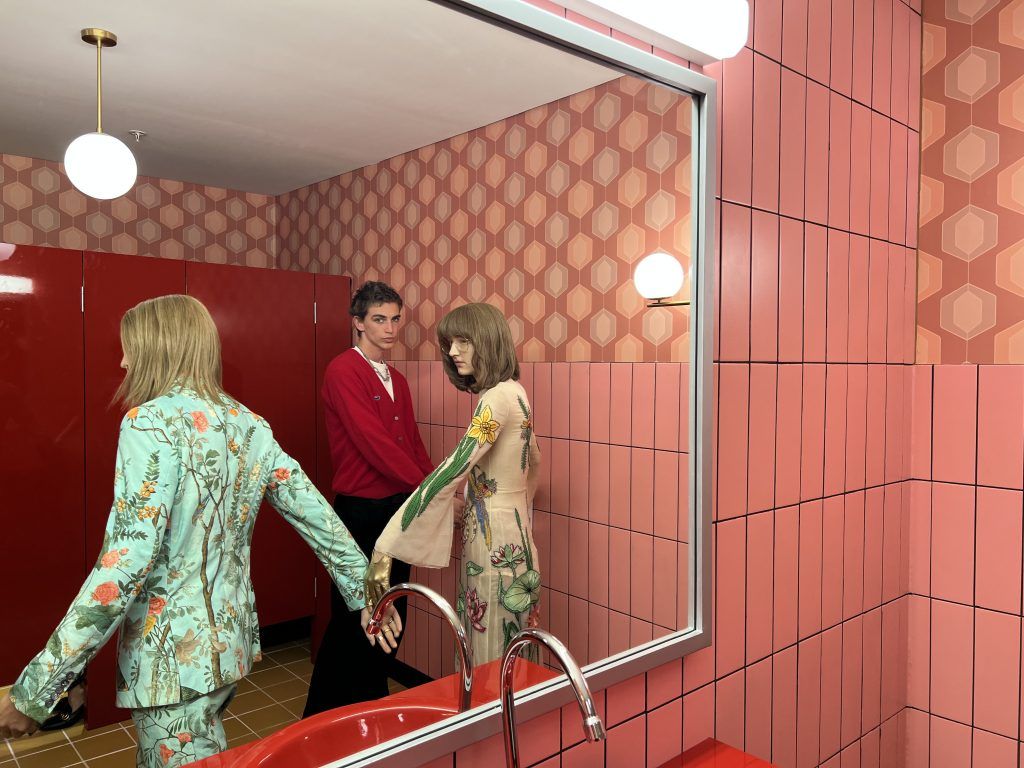The Intersection of AI-Generated Art and Copyright Law: Exploring Recent Developments
The intersection between AI-generated art and copyright law poses challenges for artists and raises questions about ownership, originality, and attribution, as highlighted by recent incidents and Japan's new AI rules favoring developers.

Artificial intelligence (AI) has become an increasingly integral part of the creative process, raising questions about the future of art and copyright law. In recent news, three articles shed light on various aspects of this topic. From mistaken disqualifications in photo contests to Japan's new AI rules favoring copycats, these articles demonstrate the challenges and opportunities that arise with AI-generated art. Let's delve into these articles to understand their relevance and explore the implications for artists and the art industry as a whole.
The Ethical Dilemma of AI-Generated Art
The first article highlights a conversation between Curry and Elgammal regarding the ethical implications of AI-generated art. Curry suggests that regulations should be put in place to label AI-generated content, raising the question of what constitutes AI-generated art. On the other hand, Elgammal believes that artists will eventually realize the limitations of these tools, leading to a decline in their usage. This article sets the stage for subsequent discussions on real-life incidents involving AI-generated art.
Disqualification of AI-Generated Photo in a Contest
The second article narrates the story of Suzi Dougherty, an Australian photographer whose photo was mistakenly disqualified from a contest due to suspicions of being AI-generated. Despite expressing her disappointment, Dougherty remains supportive of the print shop and acknowledges the challenges photo experts face in dealing with AI-generated content. This incident highlights the confusion and tensions caused by AI-generated art and the need for clearer guidelines and understanding.
Japan's New AI Rules and Copyright Law
The third article focuses on the release of legal guidelines by the Japanese government regarding generative AI imagery. These guidelines aim to address copyright concerns surrounding AI-generated art, providing protection for artists while also favoring developers. The article mentions Netflix's anime film that utilized AI-generated background illustrations, sparking discussions about the impact on animators and the need for stronger regulations. Legal experts argue that the current guidelines may offer limited ways for artists to protect their work from copycats.
What to think?
These three recent articles collectively highlight the complexities surrounding AI-generated art and copyright law. The incident of Suzi Dougherty's disqualification showcases the challenges faced by artists in differentiating their work from AI-generated content. Japan's new AI rules further emphasize the need for regulations that balance the interests of developers and artists. The ethical concerns raised by Curry and Elgammal in the first article become even more relevant in light of these incidents.
The intersection of AI-generated art and copyright law presents a unique set of challenges. On one hand, AI tools have the potential to enhance creativity and push the boundaries of artistic expression. They allow artists to explore new techniques and create innovative works. However, this also raises questions about ownership, originality, and attribution.
The disqualification of Dougherty's photo highlights the difficulty in distinguishing between AI-generated and human-created art. It brings into focus the need for clearer guidelines and criteria to evaluate the authenticity of artworks. As AI continues to advance, it becomes crucial for artists and experts to develop a deeper understanding of its capabilities and limitations.
Japan's new AI rules favor developers by allowing them to use copyrighted works for training their models. While this may stimulate innovation and propel Japan to the forefront of AI development, it also raises concerns about the protection of artists' rights. The guidelines provide some avenues for artists to seek recourse against copycats but may still present challenges in proving similarity and reliance on existing images.
The ethical dilemma discussed by Curry and Elgammal becomes even more relevant in this context. As AI tools become more sophisticated, there is a risk of AI-generated art overshadowing the work of human artists. This raises questions about the value of creativity and the role of AI in shaping artistic landscapes. It calls for a deeper examination of the impact of AI on the art industry and the need for ethical frameworks to navigate these changes.
In conclusion, the incidents and discussions presented in these articles shed light on the complex intersection of AI-generated art and copyright law. They highlight the challenges faced by artists, the need for clearer guidelines, and the ethical considerations surrounding AI's role in the creative process. As AI continues to evolve, it is essential for artists, policymakers, and experts to come together to ensure that the rights and creativity of artists are protected in this rapidly changing landscape.

